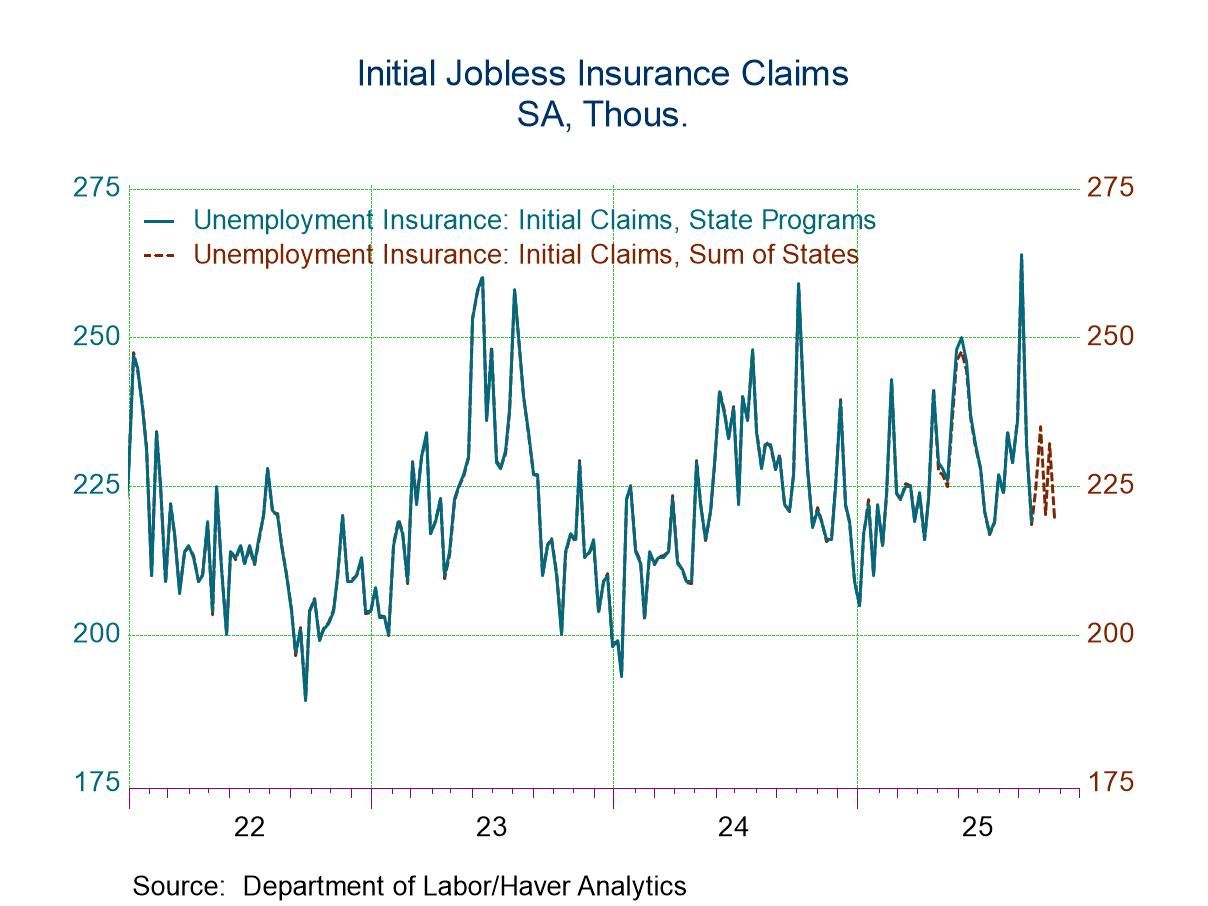See-saw Economy Watchers Index Is Mixed in November

Japan's economy watchers index is a relatively up-to-date assessment of how the economy is doing based on a survey of, well, economy watchers! The indexes for November show a small improvement in the current index and a somewhat larger step back in the expectations reading. Both readings are still strong.
The queue standings of both the current index and the future index are extremely strong. The current index has a 99.2 percentile standing while the future index has a 90.8 percentile standing. Both indexes show that they have each been stronger than their current values less than 10% of the time since January 2002. The current index has only been stronger less than 1% of the time! That marks them as formidable readings.
Sequential strength: the current index The table looks at changes in the variables over three months, six months and 12 months – as well as at levels monthly. The highlighting feature flashes red when the annualized change on the horizon is weaker than in the previous period. Note that for the current index red values are absent over three months; there is only one over six months and one over 12 months. This tells us that the current index has been both expanding and accelerating broadly. Various sub-indexes that are not distinct categories but rather reflect diverse ways to group and understand the data, provide more detail. Both the headline and six of the nine sub-indexes display 90th percentile standings. In addition, three categories households, eating & drinking places, and services display the strongest values in their respective histories back to January 2002. Despite this, employment, an overall reading, has as an 86.2 percentile reading that is hardly weak; but it is the second lowest standing among current index components (housing is weaker at 54.8 percentile standing- much weaker).
The current index monthly patterns The current index has only three-monthly values that are not stronger than they were a month ago in October, these are retail, housing, and employment. In October, all components strengthened. And all components had strengthened in September as well. Despite the monthly climb in the headline, there may be some atrophy setting in.
The future index and monthly patterns The future index has all the same data presentations as the current index. Its month-to-month trends show a broad deceleration, however, with every category including the headline, weaker in November than in October. In October four categories had weakened relative to September while September had showed increases all around. Eating & drinking and services have slowed for two months running as have the readings for all corporations and for manufacturers.
Sequential growth: the future index While the future index shows signs of slowing in its monthly detail, that is not true for three three-month change readings. They are uniformly stronger than their (annualized) six-month change counterparts. However, over six months the future index experiences a broad slowdown with the six-month change slowing its pace compared to the 12-month change for all components except housing. Compared to its year-ago change, all metrics are higher since a year ago Japan's economy was not faring very well.
The future index components and sub-indexes also show a lot of strength with four indexes having 90th percentile standings. However, employment has a lower, 78th percentile standing. Housing, corporations, and manufacturers have standings in their respective 60th decile range and nonmanufactures slip into the 50th percentile range for their standing. These are also firm-to-solid-to-strong readings/standings; there is nothing weak here, but the future index readings are a cut or two below what we find in the current index.
Robert Brusca
AuthorMore in Author Profile »Robert A. Brusca is Chief Economist of Fact and Opinion Economics, a consulting firm he founded in Manhattan. He has been an economist on Wall Street for over 25 years. He has visited central banking and large institutional clients in over 30 countries in his career as an economist. Mr. Brusca was a Divisional Research Chief at the Federal Reserve Bank of NY (Chief of the International Financial markets Division), a Fed Watcher at Irving Trust and Chief Economist at Nikko Securities International. He is widely quoted and appears in various media. Mr. Brusca holds an MA and Ph.D. in economics from Michigan State University and a BA in Economics from the University of Michigan. His research pursues his strong interests in non aligned policy economics as well as international economics. FAO Economics’ research targets investors to assist them in making better investment decisions in stocks, bonds and in a variety of international assets. The company does not manage money and has no conflicts in giving economic advice.




 Global
Global

